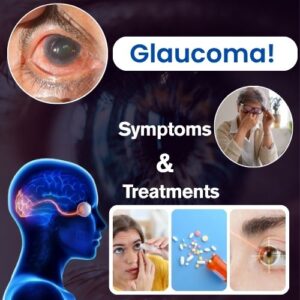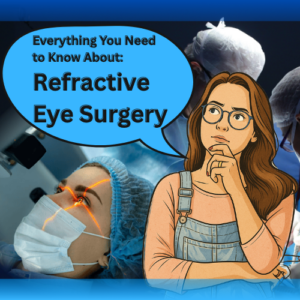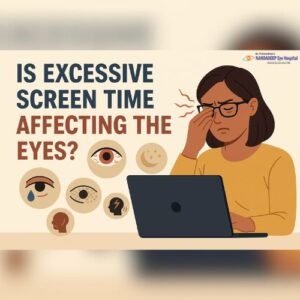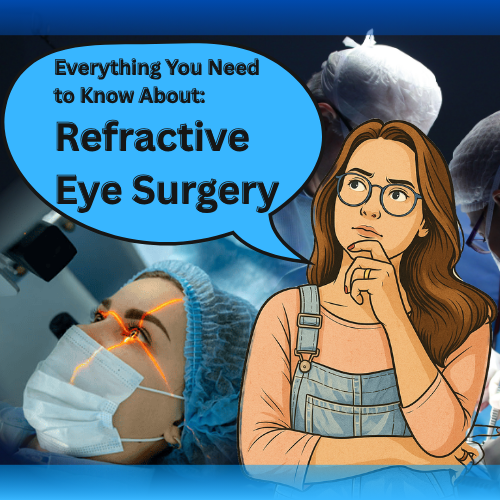Dry Eye : The Importance of
Tears in Maintaining Healthy Eyes
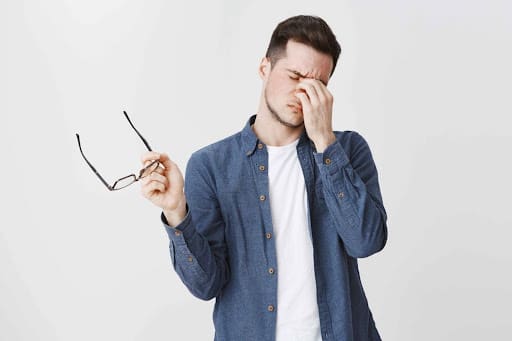
Optom. Susmita Dutta- B.Optom(MAKAUT), FNEH(Maharashtra) Optom.
Anupam Biswas- B.Optom(RGUHS), FNEH (Maharashtra)
Tear film is the unique fluid layer covering the outer exposed surface of the eye. Despite its watery nature, it has 3 different layers each with distinct functions. The 3 layers consist of Mucus, Aqueous and lipid (oil). Mucin layer is the innermost layer, which helps the aqueous layer to stick to the cornea keeping the eye surface wet and moist. The aqueous layer is the second layer which makes up most of what we see as tears. This provides hydration and nutrition to the eye. The external layer is the oily lipid layer which prevents evaporation of tear and keeps the ocular surface smooth. All these three layers together provide protection, lubrication and nourishment to the ocular surface and also help in primary waste removal from cornea and conjunctiva.
Normally, our eyes are continually producing tears to keep themselves moist. If our eyes are irritated or we cry, we produce a lot of tears. However, there are situations when the eyes do not produce enough tears, or something impairs one or more layers of the tear film. In such instances, we have dry eyes. Thus, keeping tear film stable is crucial for healthy eyes.
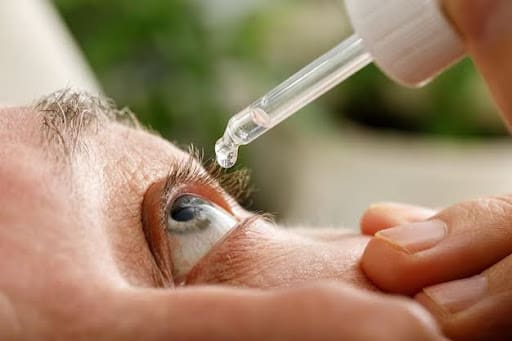
Along with prolonged digital screen use, certain systemic diseases like Arthritis, Diabetes, Hormonal changes, Poor eye hygiene, prolonged systemic medication, Smoking/Drinking and Dry indoor environment are also the cause leading to the dry eye.
If your eyes are itching, dryness, redness, burning sensation, pricking sensation and blurry vision, especially when reading or using a digital device, there are strings of mucus in eyes, eyes are red or irritated, this may indicate development of dry eye. In such cases, eye checkup is advised.
In today’s Modern era digital devices has taken the important Place in our daily routine, since we can’t stop using digital use, the preventions like Reduce glare from the light sources in your environment, using a screen glare filter, adjusting arm’s length, using blue filter spectacle, taking regular breaks using the “20-20-20” rule: every 20 minutes, shift your eyes to look at an object at least 20 feet away, for at least 20 seconds may help to reduce the Dry eye strain and dry eye disease.. Along with that Using lubricating drops/gel, treating allergies, creating a more humid work environment, drinking more fluids (staying hydrated), Omega fatty acid rich diet and pulsed light therapy will help to maintain adequate tear formation and regulation.


